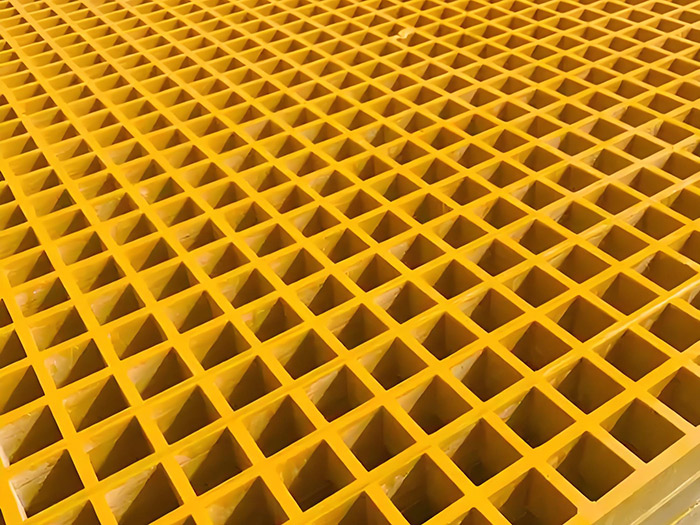FRP Angle Installation and Maintenance: A Comprehensive Guide
Fiber Reinforced Polymer (FRP) angles are widely used in construction, engineering, and industrial applications due to their high strength, corrosion resistance, and lightweight properties. Proper installation and maintenance of FRP angles are crucial to ensure their longevity and performance. This guide addresses common questions and provides a comprehensive overview of installation and maintenance best practices.
What Are FRP Angles and Why Are They Used?

FRP angles are composite materials made from glass fibers and polymer resins. They offer superior strength-to-weight ratios, making them ideal for reinforcing structures, repairing damaged concrete, and creating durable, corrosion-resistant components. Unlike traditional steel angles, FRP angles do not rust, making them suitable for harsh environments such as marine, chemical, and industrial settings.
Key Benefits of FRP Angles:
- High Strength and Durability – FRP angles can withstand heavy loads and environmental stress.
- Устойчивость к коррозии – Ideal for saltwater, chemical exposure, and acidic environments.
- Легкий – Reduces structural load without compromising strength.
- Ease of Installation – Can be installed with minimal tools and preparation.
Common Questions About FRP Angle Installation
1. How Do I Prepare for FRP Angle Installation?
Before installing FRP angles, ensure the surface is clean, dry, and free of any contaminants. Remove loose concrete, oil, or grease to create a smooth, adhesive surface. If repairing concrete, use a wire brush or grinder to expose sound material.
2. What Adhesives Should I Use for FRP Angles?
Epoxy adhesives are commonly used for FRP angle installation due to their high bond strength and chemical resistance. Ensure the adhesive is compatible with both the FRP material and the substrate (e.g., concrete, steel). Two-part epoxies are recommended for optimal performance.
3. How Do I Properly Apply FRP Angles?
Apply the adhesive evenly along the back of the FRP angle using a notched trowel. Press the angle firmly into place and ensure full contact with the substrate. Use a curing compound to protect the adhesive from moisture during the curing process.
4. How Long Does Curing Take?
Most epoxy adhesives require 24–72 hours to cure fully. Avoid disturbing the installed angle during this time to ensure a strong bond.
Maintenance Tips for FRP Angles
Proper maintenance extends the lifespan of FRP angles and prevents premature failure.
1. Inspect Regularly for Damage
Check for cracks, delamination, or signs of corrosion, especially in industrial or marine environments. Early detection of issues prevents further damage.
2. Clean the Surface
Remove dirt, grime, or chemical residues with mild soap and water. Avoid abrasive cleaners that may scratch the FRP surface.
3. Protect from UV Exposure
While FRP is UV-resistant, prolonged exposure can degrade the material. Apply a UV-resistant coating if the angles are exposed to direct sunlight.
4. Repair Minor Damage Promptly
For small cracks or chips, use a compatible FRP repair kit to restore integrity. Larger damage may require professional assessment.
Sharing Best Practices
When working with FRP angles, sharing knowledge with team members or colleagues can improve overall project efficiency. Consider these tips:
– Document Installation Methods – Keep a record of successful techniques for future reference.
– Train Personnel – Ensure everyone understands proper handling and installation procedures.
– Leverage Manufacturer Guidelines – Always follow the manufacturer’s recommendations for specific FRP products.
By adhering to these guidelines, you can maximize the performance and durability of FRP angles in your projects. Whether reinforcing structural components or repairing infrastructure, proper installation and maintenance are key to long-term success.
For further information on FRP materials and applications, consult industry standards or reach out to experienced FRP suppliers.







